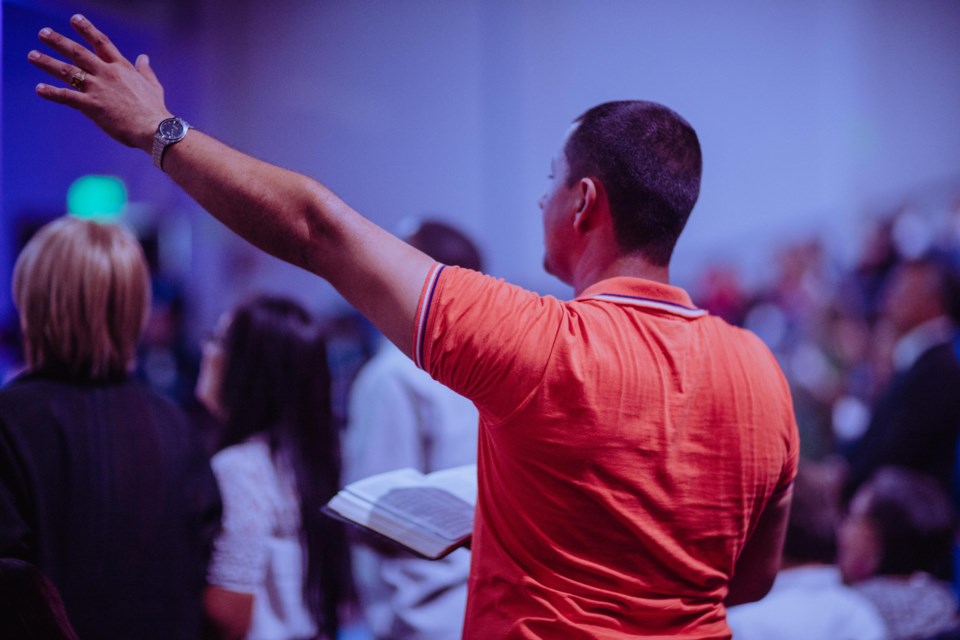Before the pandemic, people took a more traditional view on church. They attended on Sunday in a building of worship. If they were seeking a new church, they visited several in the area before settling on one. Today, the way people attend and seek out new churches has moved online.
Rick Ebbers, pastor at The Journey Church, said his superpower is having a conversation with someone over a cup of coffee. When the pandemic hit, his church — like many others — had to quickly find a way to reach people at home.
The Journey Church bought cameras and invested a small amount in equipment and began sharing its message online. According to Ebbers, the effort was enough to communicate with parishioners but not a high investment.
Lucas Kinser, pastor at Faith Community Lutheran, took a different approach. When the pandemic began, his church decided to invest in the future and hired a full-time person to record the church’s sermons each week.
While the churches took different approaches, both pastors agreed that the future of church attendance begins with an online presence.
Church participation began changing before the pandemic, Ebbers said. He noted that 20 years ago most people would attend services three out of five weeks, now they attend once or twice out of five weeks.
“There was a rhythm of being in church on whatever people considered to be a regular basis,” Ebbers said.
Today many people do not attend services in person and online services have increased. Ebbers also discovered that many who consider themselves “church people” watch multiple services online each week.
Parishioners have found freedom in being able to celebrate their faith on their own time. For some, it has allowed them to travel but still feel connected to the church they love, Ebbers said.
Post-pandemic churches had to make decisions about how much presence they would have online versus in-person worship.
At Faith Community Lutheran, the worship team began researching the best way to share their services online. They began by simply recording the service and posting it to YouTube. They later realized that sound and picture quality were major factors in the online experience and began investing in a crew to improve the quality of the online experience.
“It just felt like to us that online community is the new front door of the church where people — when they want to check out your church — they used to walk through the front door. Now most people who visit have been watching us online for sometimes months before they ever physically come into the building,” Kinser said.
Kinser’s main goal during the pandemic was to make the church service feel like it extended into people’s homes. Since the church is now able to offer in-person and online services it has once again switched its focus to making its online audience feel as though they are part of the community.
Ebbers’ team took a different approach as the pandemic ended. He felt as though his style of worship was better in-person where he can focus on the individual instead of a camera. While The Journey Church still broadcasts its services online, its investment is not grand.
The church has “okay” cameras, Ebbers said, with only a couple of angles, himself and slideshow. However, the okay-ness of his production has created an opportunity he didn’t plan for.
Ebbers is not a tech-savvy guy, he said. When he began broadcasting online, the quality was minimal. Some of his younger parishioners took it upon themselves to raise the quality of online service by introducing low-budget fixes to some of the church’s broadcasting problems. This opportunity has provided a new way for younger people to engage in worship that they had not had before and created a new kind of community in the church, Ebbers said.
Although how people attend church has changed since the pandemic, one thing these pastors agree on is the online component has helped them reach people they might not have in the past. It has allowed people to get a sense of what the church is about prior to entering the building.
“It has helped to get our message more outside of the church. A lot of times family members are sharing it with their family members … It is easier to share it with them,” Kinser said.



